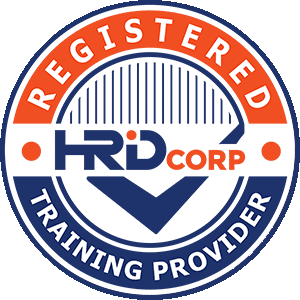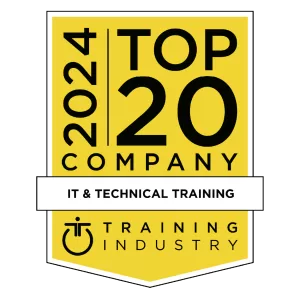IBM Business Monitor is a business activity monitoring (BAM) product that supports BPM by measuring business performance, monitoring, and reporting on business transactions. This course includes topics of interest for students who want to use the IBM Business Monitor environment to develop applications.
In this course, you learn how to develop, implement, and test IBM Business Monitor applications so that you can generate real-time business views of enterprise data. The course begins with an overview of BAM and BPM, and the capabilities that IBM Business Monitor provides. In subsequent units, you learn how to build monitor models, establish performance metrics, monitor events, manage action services, and build a business space dashboard. You also learn how to enable events from various sources, including using BPEL and BPMN processes from IBM Business Process Manager Advanced and IBM Integration Bus. Finally, you learn how to monitor events from JMS emitter and REST emitter sources. You also learn some basic administration and maintenance capabilities of IBM Business Monitor.
From the hands-on exercises that are provided throughout the course, you develop and implement a monitoring solution. The exercises include how to use the various components of IBM Business Monitor, such as the IBM Cognos Business Intelligence and the Monitor development toolkit, for reporting and dimensional analysis along with WebSphere Application Server. You use the Monitor development toolkit to develop a monitor model, and then use the IBM Integration Designer to test the model. You also build customized business space dashboards that can be used to analyze and troubleshoot process performance.





